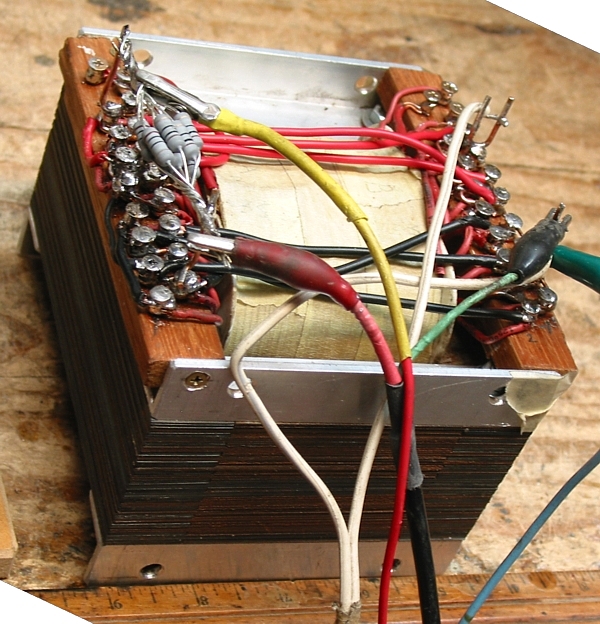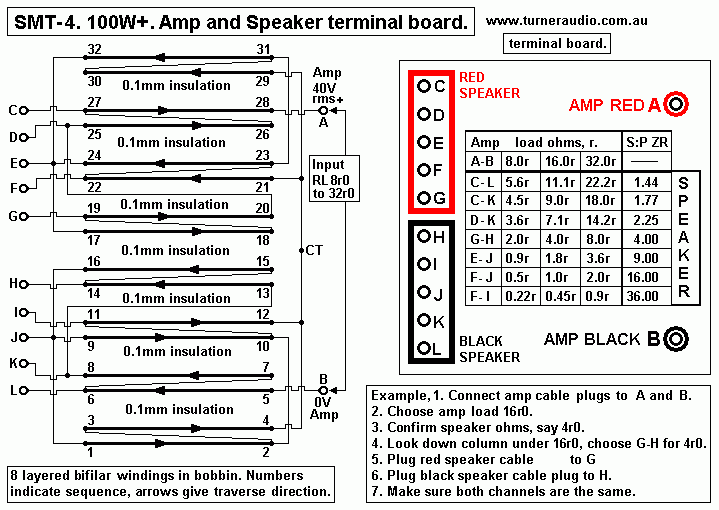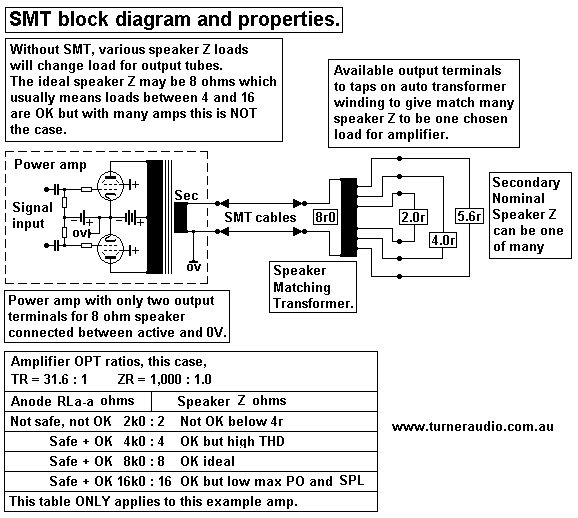
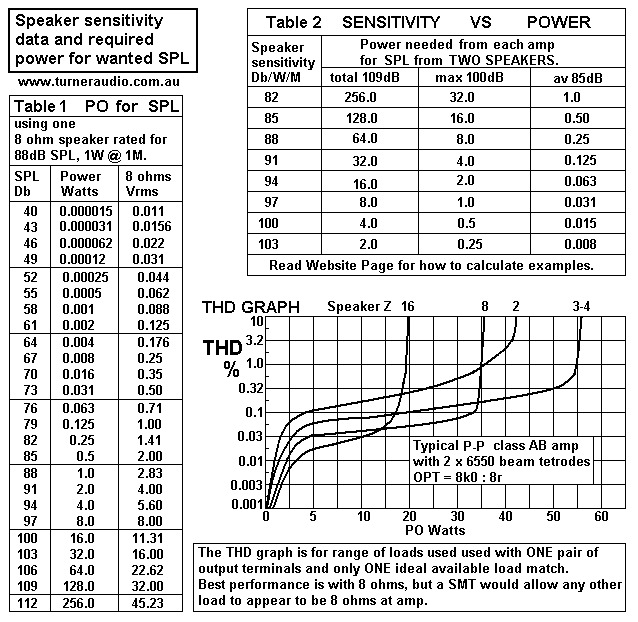
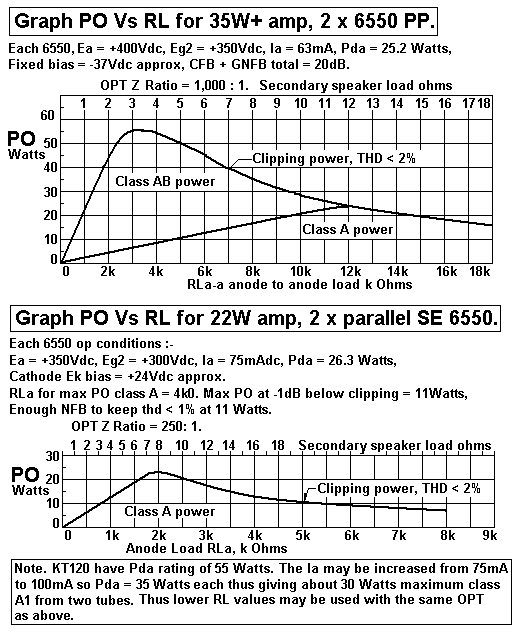

| Nominal Amp load Ohms, r |
SMT Input = 200 turns. Load Ohms, r |
Sec = 141 turns. Load Ohms, r |
Sec = 100 turns. Load Ohms, r |
Sec = 70 turns. Load Ohms, r |
| 16r0 |
32r0 | 16r0 | 8r0 | 4r0 |
| 8r0 |
16r0 | 8r0 |
4r0 | 2r0 |

| Pri = 6 x 52t Np 312t |
4 // 39t Ns = 39t |
3 // ( 39t+13t
) Ns = 52t |
2 // ( 39t+39t
) Ns = 78t |
3 x 39t series
Ns 117t |
4 x 39t series
Ns = 156t |
RwP loss% |
RwS loss% |
| 128r |
2.00r |
3.55r |
8.00r |
18.00r |
32.00r |
0.9% |
1.2% |
| 64r | 1.00r | 1.78r |
4.00r |
9.00r |
16.00r |
2.0% |
2.4% |
| 32r |
0.50r |
0.89r |
2.00r |
4.50r | 8.00r |
3.9% |
4.6% |

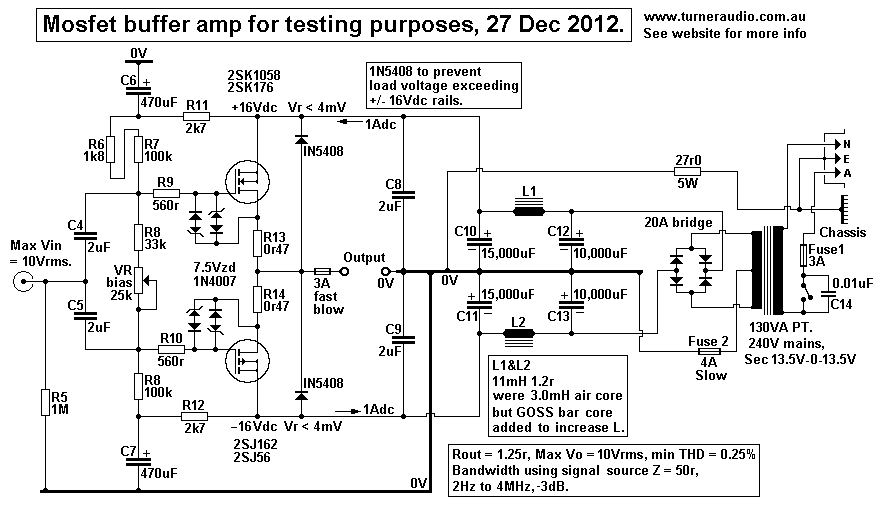




| Terminals A-B Primary 180t |
C-H 120t. |
C-H Rw loss % |
C-G 90t |
C-G Rw loss % |
D-G 60t |
D-G Rw loss % |
E-G 45t |
E-G Rw loss % |
F-G 30t |
F -G Rw loss % |
| 32r0 50W | 14r2 |
0.6% |
8r0 |
1.2% |
3r6 |
1.7% | 2r0 | 2.3% | 0r9 | 2.8% |
| 16r0 100W |
7r2 |
1.3% |
4r0 |
2.3% |
1r8 |
3.4% |
1r0 |
4.5% | 0r45 | 5.5% |
| 8r0 200W |
3r6 |
2.5% |
2r0 |
4.6% |
0r9 |
6.8% |
0r5 |
9.0% |
0r23 | 11% |
| S : P Load Ratio |
x 2.22 |
x 4.0 |
x 9.0 |
x 16.0 |
x 36.0 |
